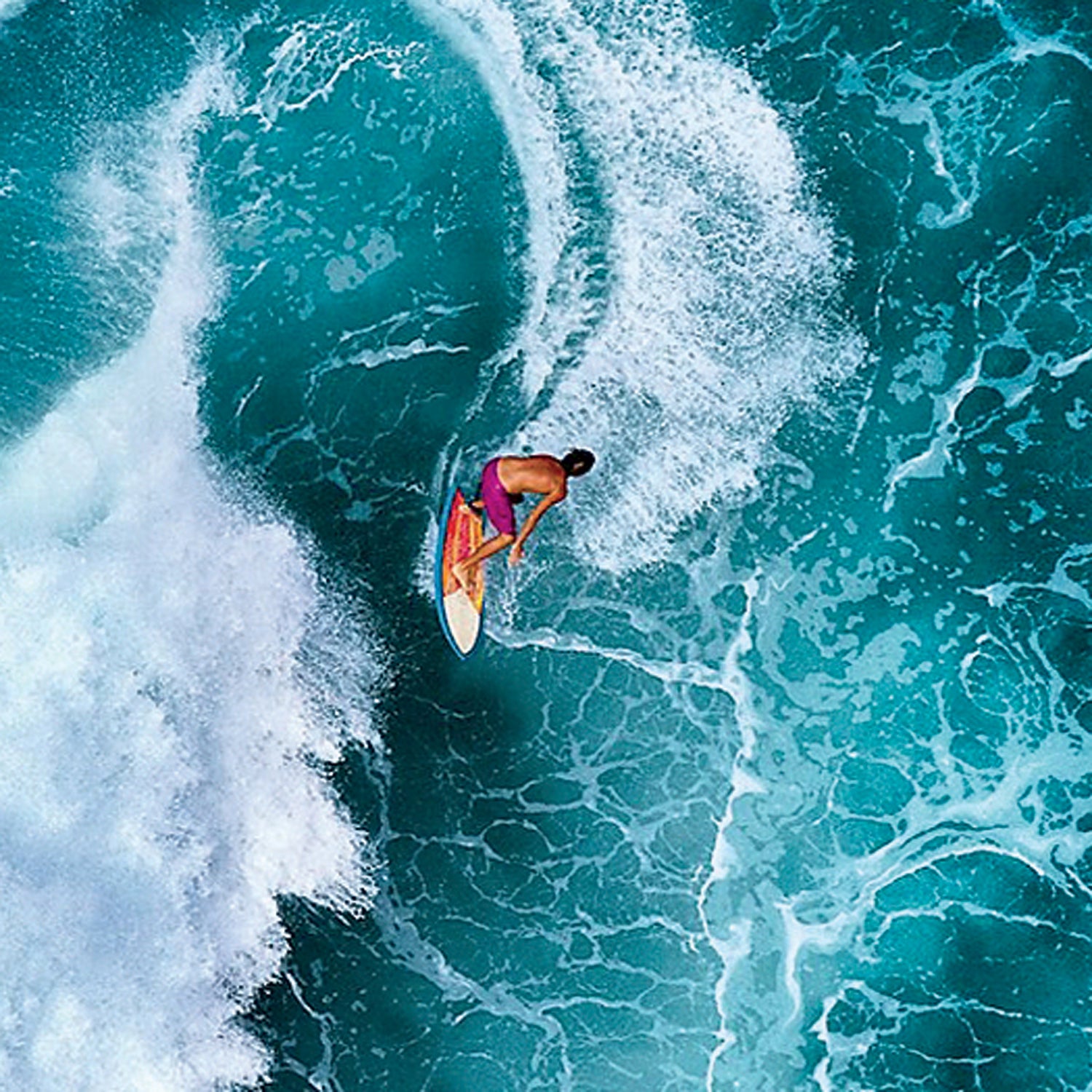The in Marin County, California, might be the most scenic ultrarunning race in the country. Dirt jeep roads and winding singletrack take runners along the jagged Pacific coast, up and over grassy hills with views of the Golden Gate Bridge, and through dense redwood forests. But at mile 11, I wasn’t taking in the scenery. I was floating.
Runner’s high. Being in the zone. Whatever you want to call it, psychologists call it a flow state. In essence, it’s concentration so deep that you don’t realize you’re concentrating. In the 1970s, a California psychologist named Mihaly Csikszentmihalyi began studying what he referred to as and found that everyone from artists to athletes to CEOs were fueled by flow to push creative and physical boundaries. More important, he discovered that these flow states were some of the happiest moments in people’s lives.
While in flow, parts of our prefrontal cortex, the section of the brain that deals with most of our higher cognitive function, all but shut down. Which might be why things feel so effortless.
I’d long wondered if I could prolong the feeling, so I decided to try Flow Fundamentals, a course designed by Steven Kotler, author of the book , about how adventure athletes like Dean Potter and Laird Hamilton have used flow states to push the boundaries of what’s possible.
The six-week program revolved around webisodes outlining the principles of flow and ways to hack into it. Sitting in my office and watching the videos, only to have a coworker burst in and say “Sorry, are you flowing?” is very un-flowy. But the webisodes weren’t designed to induce the state; there was homework for that.
Each week, my classmates and I were given a to-do list that included everything from using smartphone apps to monitor our heart rate and sleeping patterns to going bungee jumping. But my favorite assignment involved caffeine and alcohol.
Kotler and his cohost, Jamie Wheal, encouraged us to down two shots of espresso and two shots of vodka, then watch a video of surf and snowboard porn set to a dubstep soundtrack, with tones that stimulate alpha brainwaves (the ones that bring on relaxation). Put it on full screen and turn it up to 11, they said. To be honest, I didn’t need a reason to do that, but Kotler and Wheal gave me one anyway. Flow, the thinking goes, is a product of deep embodiment, high consequence, and a rich environment. The delicious cocktail of stimulants was designed to use hedonic engineering (their phrase) to get me deeply embodied.
The science on flow, while ongoing, is kind of murky. While in flow, parts of our prefrontal cortex, the section of the brain that deals with most of our higher cognitive function, all but shut down. Which might be why things feel so effortless. In addition, that state produces dopamine, norepinephrine, endorphins, serotonin, and anandamide in your brain. The neurochemicals increase attention, speed up heart rate and respiration, ease pain, and inhibit our ability to feel fear.
But every person has different triggers. Early on in the course, we were tasked with figuring out what those were. According to the questionnaire I filled out, mine are surfing and running in the mountains. Other people were set off by painting or jamming on the sax. The next step was to perform those trigger activities more often. So I did. I was training for the race in Marin the entire time I took the program.
One of the problems with flow states is that staying in them can be as difficult as achieving them in the first place. At the race, I went out faster than I should have. Somewhere around mile 24, I came abruptly back to earth with the biggest physical and mental explosion I’ve ever experienced in five years of racing. I was at flow’s polar opposite: the pain cave. I hobbled to the finish line.
Does that mean my search is over? Far from it. The pursuit of flow is nearly as gratifying as the feeling itself. Before I was able to walk normally again after the race, I’d already begun scheming about how to get my next fix—time for a surf trip.
Continue on �����ԹϺ���‘s quest to boost happiness:
Strategies for a Healthier, Happier Life
5 Ways to Gain Control Over Your Technology
What Dogs Can Teach Us About Being Content
The Science of Happiness, Illustrated


